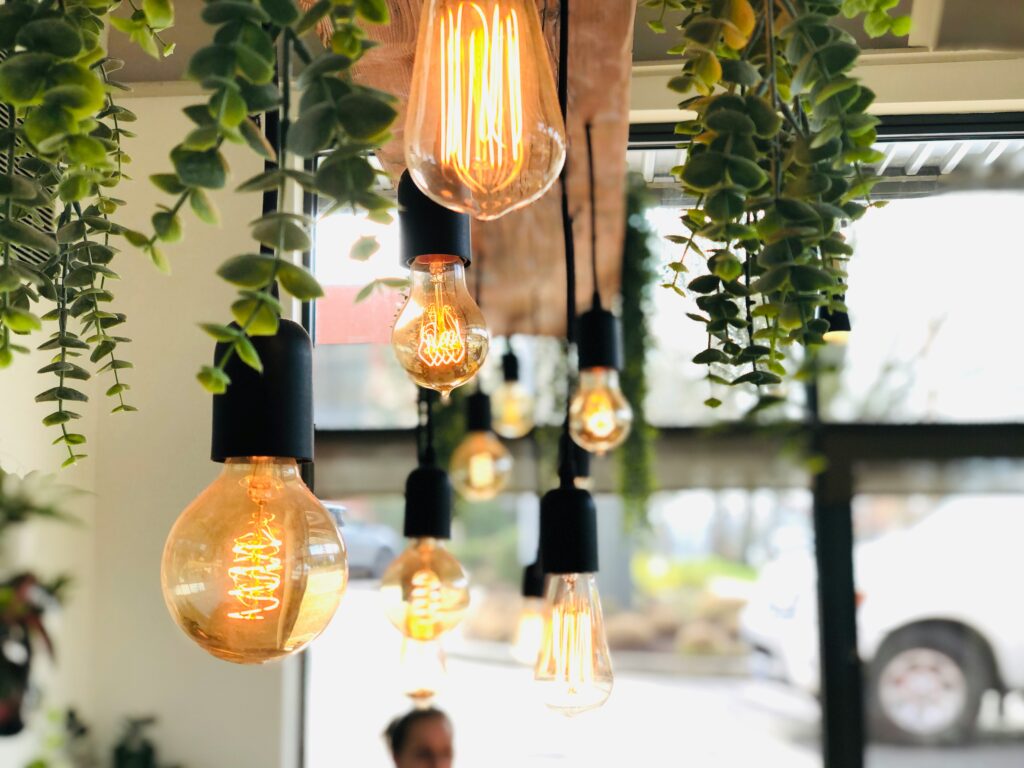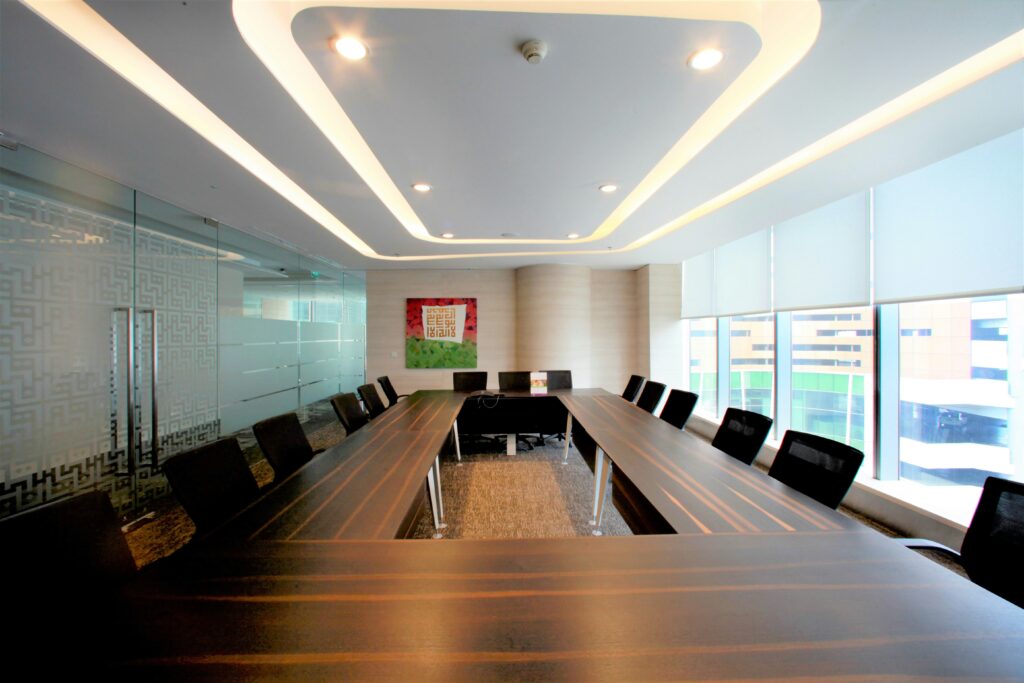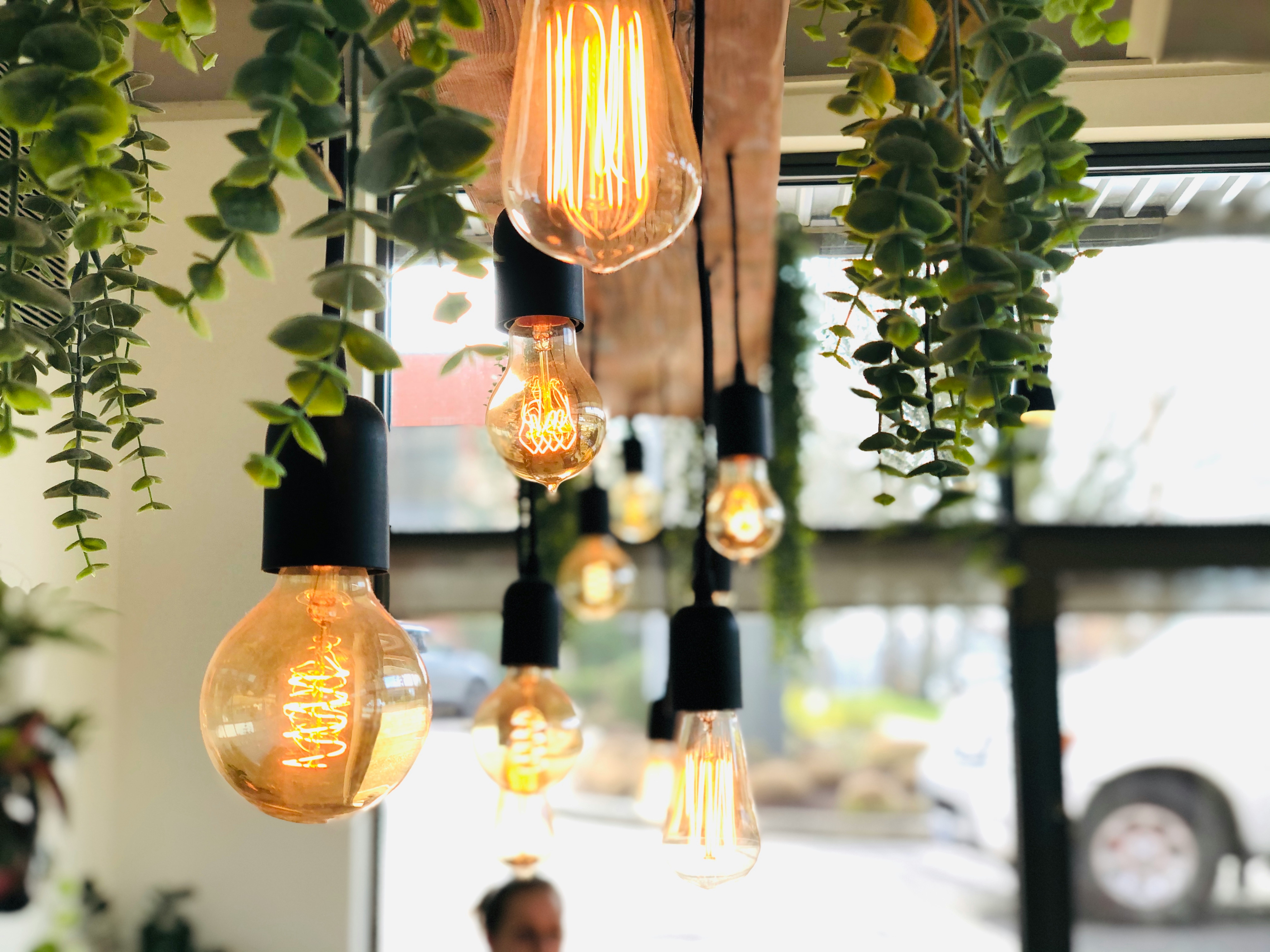By Mercedes Quintanilla.
The WELL Building Standard is a metric for buildings and organizations to provide environments that enhance the health and well-being of the occupants. The standard includes 10 concepts, this time I am going to review the Lighting concept.

Goal
Design natural and artificial lighting systems that improve comfort, lucidity and quality of night sleep.
Background.
– It is the main driver of visual and circadian systems.
– Light enters the human body through the eye.
– Exposure to light stimulates the circadian system, which starts in the brain and regulates physiological rhythms in the body’s tissues and organs, such as hormone levels and the sleep cycle.
– In the biological core humans, animals and even plants are exposed to the phenomenon of the circadian rhythm, which is a series of physical, mental and behavioral changes that occur over a 24-hour period.
– Humans spend most of their time indoors, making it difficult for our bodies to connect with the natural cycle of light and dark.
– Artificial light commonly found in homes and commercial settings is of low quality and does not support a healthy circadian rhythm.
– Studies show links between better performance in office environments and large windows with natural light.
– Integrates daylight and electric light to create lighting strategies focused on human health, along with traditional requirements for visual acuity and comfort, can lead to healthier and more productive environments.

Requirements.
– Projects must provide adequate light exposure in indoor environments through lighting strategies.
– Adequate lighting must be provided in the projects both in the work planes and for regular users of all ages and for the different requirements of tasks carried out in the spaces.
– This WELL feature requires projects that provide users with adequate light exposure to maintain circadian health and align the circadian rhythm with the day-night cycle.
– Project spaces must integrate daylight into environments, so that daylight can be used for visual tasks along with electric lighting and people must be provided with a connection to outdoor spaces through windows.
– Daylight simulation calculations must be performed to make informed window and shading decisions to provide adequate occupant exposure.
– It is necessary to develop and implement strategies to create a visually comfortable lighting environment.
– The characteristics of the electric light used in the spaces must be taken into account.
– The projects will implement innovative lighting strategies that take into account the personal preferences of the users, as well as the interaction with the physical space

Read the Comments +